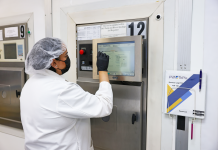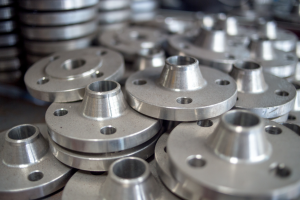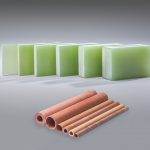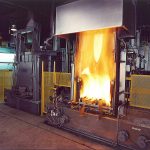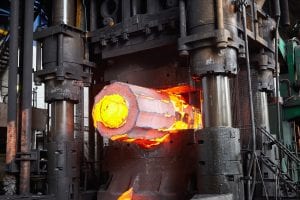What is happening in the world of Deep Cryogenic Treatment (DCT)? Research into this field is exploding. Research is coming from companies and major universities in China, India, Hungary, Turkey, Pakistan, Poland, Iran, Italy, the United Arab Republic, Korea, and others. The research is covering many facets of DCT. There are three major research topics now.
1. Does It Work?
The first topic is the perennial theme of determining if DCT “works” and what it works on. The present papers are well written and include research into tool performance, use of DCT on grinding and EDM situations, the use of DCT on various automotive components and tooling components, electrical components, and in a variety of situations. Many different tests are performed to establish what can be expected of the process. Tests include fatigue tests, abrasive tests, corrosion tests. wear tests, electrical tests, and more. Originally thought to only work on hardened steel, DCT has now been absolutely proven by formal research to work on a wide variety of materials and a large variety of uses.
An example of this is a research paper analyzing the results of DCT Kevlar fibers. The title of the article is “Modification of tensile, wear, and interfacial properties of Kevlar fibers under cryogenic treatment” [1]. This research paper tested fibers treated with two time/temperature profiles of treatment. It then tested tensile strength, surface morphology, interfacial shear strength (IFSS), molecular structural changes, and abrasion resistance. They found tensile strength increased 24.9 percent, morphology changes that increased the IFSS 18.9 percent, and abrasion resistance enhanced more than 50 percent.
Another example is “Influence of Deep Cryogenic Treatment (DCT) on Thermo Mechanical Performance of AISI H13 Tool Steel” [2]. This paper explores thermal mechanical performance of H13 using pin-on-disc high temperature wear testing and stress rupture tests. Stress rupture time increased by more than 11 percent, impact resistance was improved by 18 percent, and wear rate was reduced by 32 percent when compared to conventional heat-treated sample.
Tests like these are being done on many alloys of steel, copper, stainless steel, and other materials. They are also being done on cutting tools and on EDM situations.
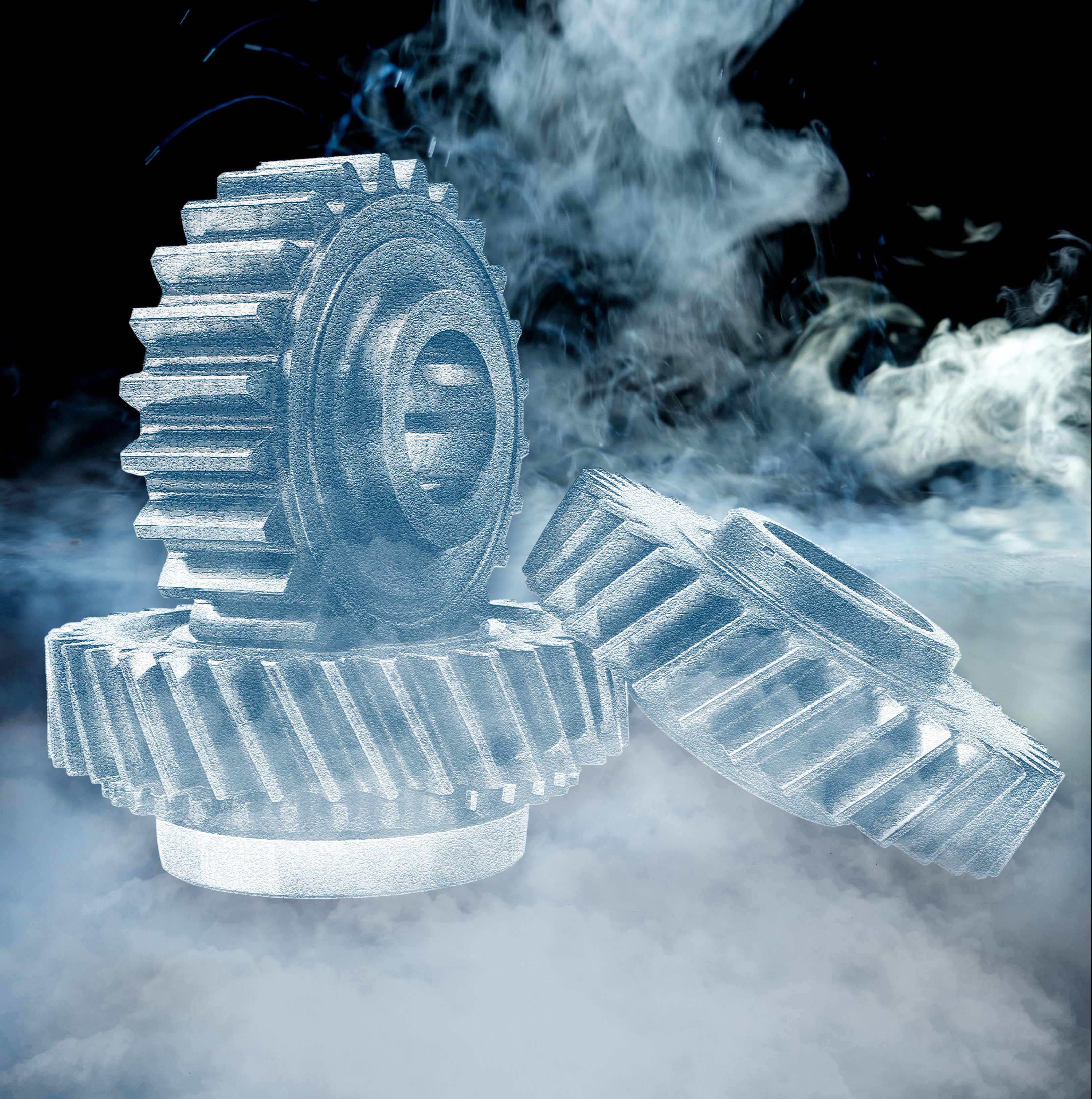 2. Why Does DCT Work?
2. Why Does DCT Work?
The second topic of research is investigating why DCT works. DCT was originally thought by rather uninformed metallurgists to only work due to the conversion of austenite to martensite in ferrous metals. But that did not account for it working on various metals, carbide, plastics, and other materials. Austenite-to-martensite conversion does not account for treated brake rotors lasting seven times as long as untreated as in the U.S. Postal Service tests done in the laboratory. Normal cast-iron brake rotors have pearlitic microstructure and no detectable austenite. It does not account for the increase in sound acuity achieved by treated vacuum tubes and other sound reproduction gear. It does not account for the substantial increase in strength available in Kevlar and other fibers. So, something else is happening to the structure. A lot of research is being done on carbide formation, the precipitation of elements in the crystal structure, and the movement of atoms in the crystal structure. Researchers are trying to find out precisely why the process works so they can optimize the results.
An example of a paper that illustrates this second topic is: “Effect of deep cryogenic treatment on internal friction behaviors of cold work die steel and their experimental explanation by coupling model” [3].
This paper looks into the internal friction behavior in cold work tool steel. It is tested before and after DCT. The experimental results include the Snoek relaxation and its dependence on carbon concentration with the soaking time at liquid nitrogen temperatures. It discusses the Snoek–Ke–Koster (SKK) relaxation and explains by coupling model, which is based on the considering of the cooperative migration of the foreign interstitial atoms C, N, O (FIAs) caused by two kinds of interactions. These interactions include the FIAs themselves and interactions between the FIAs with time-dependent strain field of dislocations. The decreasing of the Snoek peak height is indicated by the solute C amount in matrix being reduced after DCT treating. Moreover, the carbon atoms segregated to nearby dislocations, producing a strong Snoek–Ke–Koster relaxation. The paper concludes:
“In this paper, the experimental features of Snoek relaxation and Snoek–Ke–Koster relaxation in cold work die steel carrying out DCT treating are investigated. The decreasing of Snoek peak height demonstrated that the solute carbon amount in matrix is reduced after DCT treating as well as increasing soaking duration at the lowest temperature. Moreover, a successfully application of the coupling model to explain the Snoek–Ke–Koster relaxation and the motion of dislocations dragging along the Cottrell cloud of FIAs is presented. The results were shown that the interstitial carbon atoms segregate to nearby dislocations in the process of deep cryogenic treatment. These segregated carbon atoms nearby the dislocations act as growing into nuclei for carbide during tempering.”
Much work is being done on the movement of carbon atoms and other alloying elements. This is helping to explain the formation of carbides, the relief of residual stresses, and changes in the crystal structure. It is making it clear the changes done by DCT are often in the crystal structure, not just in the microstructure.
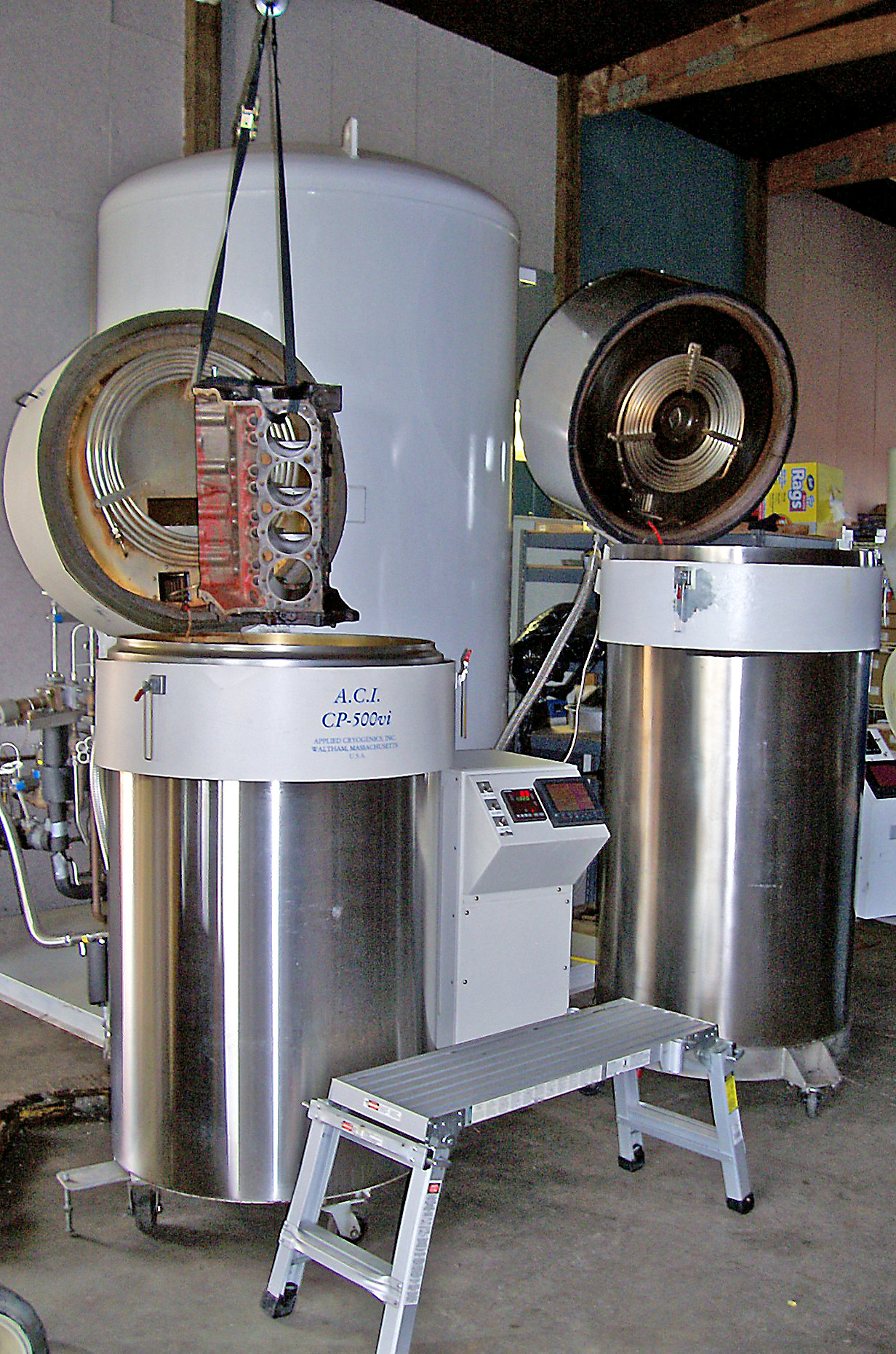
3. The Optimization of the DCT Process Parameters
The third topic of the research that we are now seeing is the optimization of DCT. Research is being done in order to find the optimum time/temperature profile to run on a given material. It turns out that some materials perform better with long soak times, and some are better with short times. It is also being found that some materials such as fibers respond better when the initial decrease in temperature is drastic. Some testing is being done so the shortest processing time can be done for production purposes.
An example of this is: “Tensile Properties and Microstructures of a 2024 T351 Aluminum Alloy Subjected to Cryogenic Treatment” [4]. This paper tested tensile properties of samples treated with a hold of 2, 4, 6, 8, and 12 hours. This paper found that the improvements of tensile properties were related to the time spent at the low temperature point but started to decrease after a six-hour hold. It also found that grains in treated specimens were more uniform. Thus, a hold of six hours was the optimum for these tested properties.
Take a new look at this process
Look at DCT with both your production processes and your product design in mind. Why? Because research is pouring in from all over the world proving that DCT is the finishing touch to products that makes them perform head and shoulders above untreated products. Many companies are finding that by offering superior products that last longer and reduce customer expense, they can take over market share. A number of these companies are moving into markets where they have little-or-no current participation in. This minimizes the effect DCT has on their own present sales at the expense of the sales of their competition. If their competition does not respond with improved products, the competition will lose market share. The fact that many of these companies are using DCT to penetrate markets that are not producing in the U.S. makes it difficult for U.S. companies in their current effort to make American products the best available.
There are other reasons to look into DCT. Currently, climate change is a hot topic with many people. Making products last longer goes a long way in mediating the effect that building the product has on the environment. DCT reduces the energy, raw materials, and the labor needed to accomplish the same job an untreated component does.
Currently The Cryogenic Society of America’s data base on DCT research articles contains 178 peer reviewed scientific papers from major colleges, universities, and government laboratories. Many more await review, and the influx of new papers is accelerating. DCT is a process that will make a huge difference in the future of many products. The data base is available at cryogenictreatmentdatabase.org.
If your goal is to make excellent, long-lasting products, as well as reducing your tooling costs, take a new look at this wonderful and useful process.
More info: www.ctpcryogenics.com
References
- Modification of tensile, wear, and interfacial properties of Kevlar fibers under cryogenic treatment; Fujun Xu, Wangxizi Fan, Yinnan Zhang, Yang Gao, Zhemin Jia, Yiping Qiu, David Hui; Composits Part B 116 (2017) 398-405; www.elsevier.com/locate/compositesb.
- Influence of Deep Cryogenic Treatment (DCT) on Thermo Mechanical Performance of AISI H13 Tool Steel; Valmik Bhawar, Shreyans Khot, Prakash Kattire, Mohan Mehta, Rajkumar Singh; Journal of Materials Science and Chemical Engineering, 5, 91-101; dx.doj.org/10.4236/msce.2017.51013; Published January 16, 2017.
- Effect of deep cryogenic treatment on internal friction behaviors of cold work die steel and their experimental explanation by coupling model; Shaohong Li, Lihui Deng, Xiaochun Wu, Hongbin Wang, Yong’an Min, Na Min; Materials Science and Engineering A 527 (2010) 7950-7954; www.elsevier.com/locate/msea.
- Tensile Properties and Microstructures of a 2024 T351 Aluminum Alloy Subjected to Cryogenic Treatment; Jianzhong Zhou, Sugiang Xu, Shu Huang, Xiankai Meng, Jie Sheng, Haifeng Zhang, Jing Li,Yunhui Sun, Emmanuel Agyenim Boateng; Metals 2016, 6,279, doi:10.3390/met6110279 October 13, 2016.










